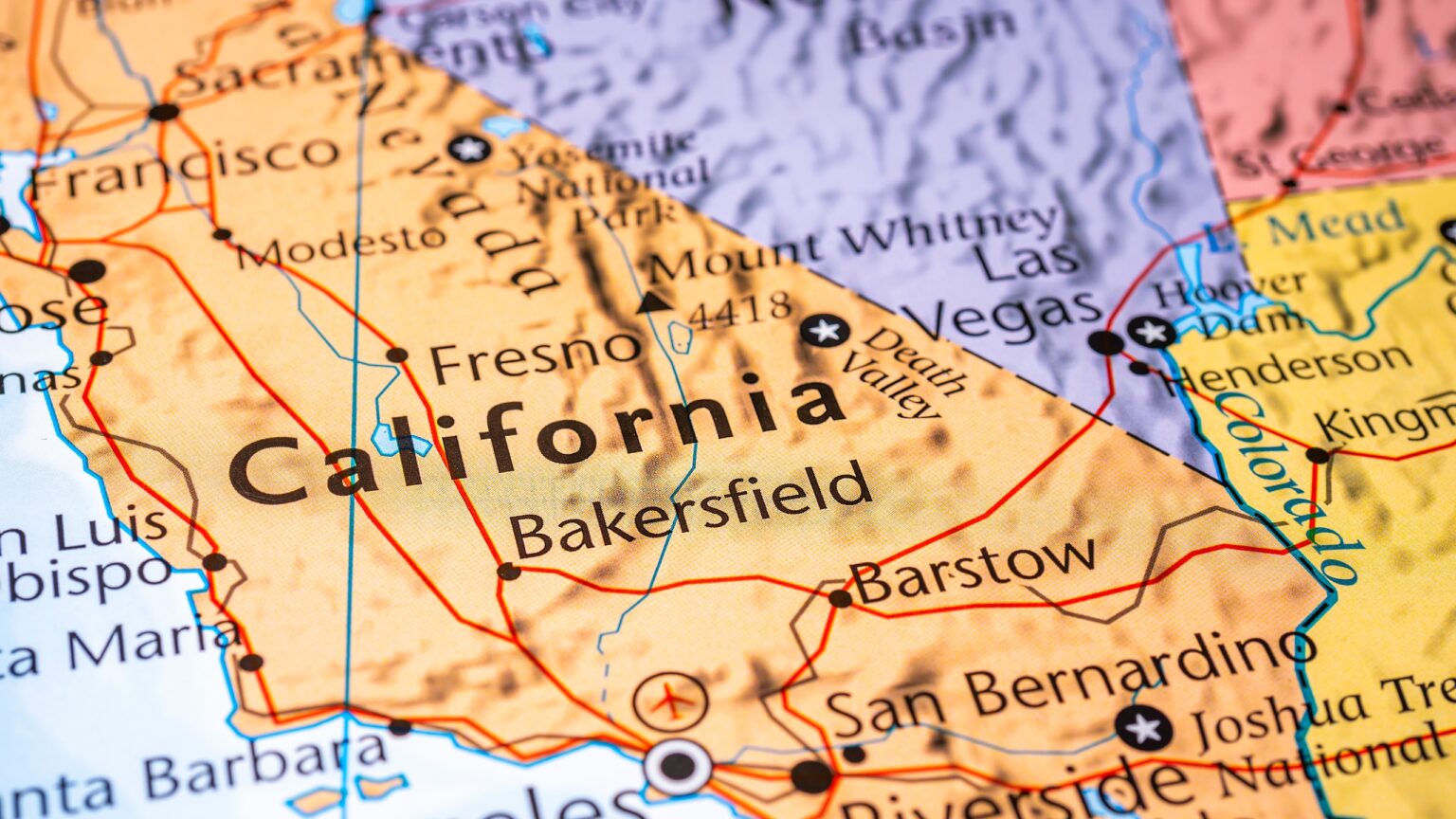California Governor Gavin Newsom has taken a decisive step forward in preparing the state’s workforce for the challenges and opportunities of the generative AI economy.
Recognizing the rapid evolution of the job market driven by AI advancements, Newsom has emphasized the need for skill development in this area. According to the report, state workers will receive training to proficiently use state-approved GenAI tools to achieve equitable outcomes in various sectors.
California governor calls for statewide #GenerativeAI training
Governor emphasized the significance of preparing for the next generation of skills essential to thrive in the #GenAI economy.https://t.co/vVtUDo2d4A #California #FutureOfWork #Innovation #OpenAI #ChatGPT #AI pic.twitter.com/udmjvRmzE2
— Glen Gilmore #CES2024 (@GlenGilmore) November 27, 2023
This move is a direct response to the potential impact of GenAI on employment, as highlighted by a forecast by Goldman Sachs. The forecast suggests that GenAI could affect up to 300 million jobs globally, even as it promises significant productivity gains. California’s approach is to equip its workforce with the necessary skills to adapt to these changes and thrive in the evolving economic landscape.
Japan’s Cautious Integration of AI in Education
Parallel to California’s ambitious plans, Japan is taking measured steps toward integrating generative AI into its educational system. The Japanese Ministry of Education, Culture, Sports, Science, and Technology intends to allow limited use of GenAI tools like ChatGPT in schools. This initiative aims to enhance learning experiences while ensuring the responsible use of technology.
Also read: US Court Proposes Rules for Lawyers’ AI Use in Legal Filings
Japan focuses on nurturing the ability to use GenAI thoughtfully, with guidelines set to prevent misuse in academic settings.
“Our approach is to integrate AI into our education system in a way that enhances learning while instilling a sense of responsibility in our students,” shared a ministry representative.
The Global Job Landscape in the Age of AI
On July 12, the Organisation for Economic Co-operation and Development (OECD) also weighed in on the AI debate, particularly regarding its impact on the job market. According to the OECD, high-skill, white-collar jobs are most exposed to AI disruptions. AI has shown significant progress in areas requiring non-routine cognitive tasks, often associated with higher education and specialized training.
📈 Just released: OECD’s 2023 Employment Outlook!
See latest analysis to find out more 👉 https://t.co/OoHoiCv9qE#EmploymentOutlook pic.twitter.com/6nSiv4JPMx
— OECD ➡️ Better Policies for Better Lives (@OECD) July 11, 2023
The OECD report, however, presents a nuanced view of AI’s impact on employment. While acknowledging the potential of AI to displace certain jobs, the report also notes its capacity to stimulate labor demand by creating new tasks and enhancing productivity. This dual effect underscores the complex relationship between AI advancements and the job market, suggesting challenges and opportunities for workers across various sectors.
“AI’s impact on the job market is complex. It’s not just about job displacement; it’s also about job creation and transformation,” an OECD analyst explained.
AI’s Double-Edged Sword: Opportunity and Challenge
As countries like California and Japan navigate their paths in adapting to AI, their strategies highlight the dual nature of AI as both a disruptor and an enabler. California’s approach is to empower its workforce with GenAI capabilities, while Japan is weaving AI cautiously into its educational fabric.
“California’s move to train its workforce in GenAI is a testament to our commitment to innovation and progress,” Governor Newsom stated. “As AI reshapes our world, we must reshape our skills and strategies to harness its potential.”









 and then
and then